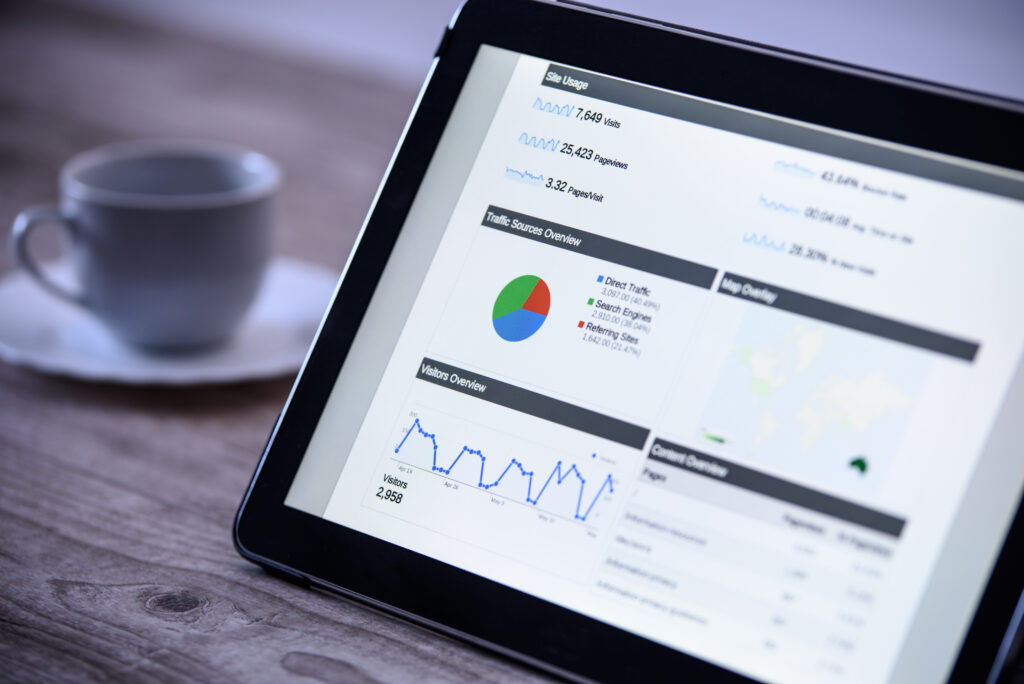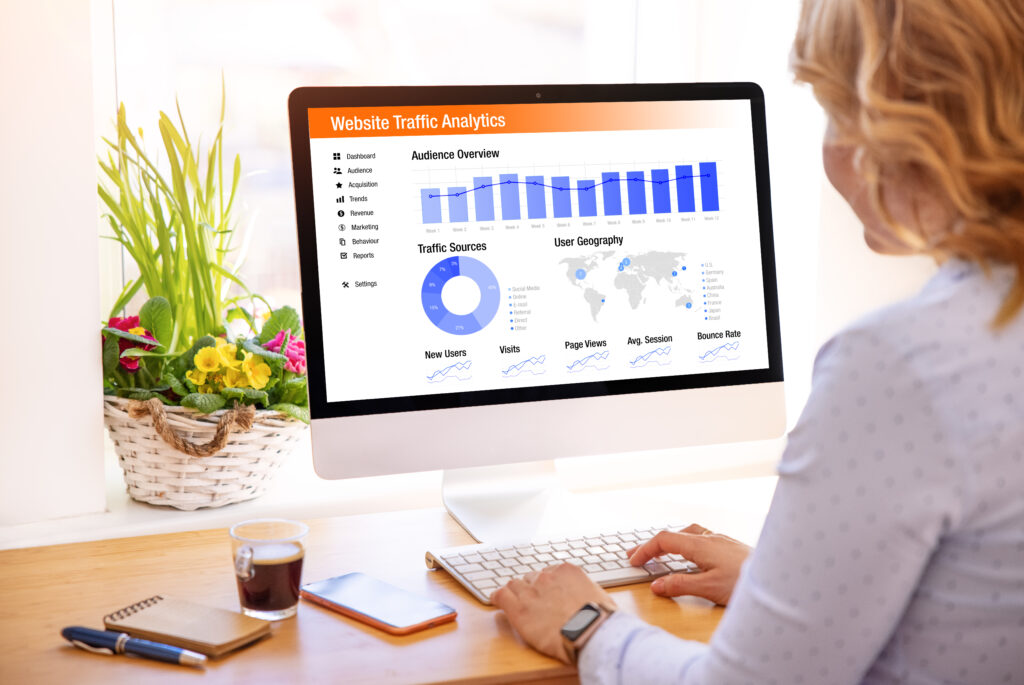If you are a marketer, it’s been hard to miss all the notifications, articles, and social posts about the new Google Analytics 4 that first launched in 2020, but is getting more relevant now, as Google starts to transition away from its old Universal Analytics platform.
However, if your hands have been full of membership marketing or getting your attendees back to your trade events, you may have missed some of the technical details of this transition that will make an impact on your analytical reporting in the coming year.
To make some of the technical information make more sense to the non-technical marketer, CSG Creative has assembled a concise, summary of Google Analytics 4 (GA4) – which is now available as an update to the old Universal Analytics platform, both of which monitor the performance of your association and event websites along with tracking tools for many of your marketing campaigns.

The most important thing to know at the start: Starting July 1, 2023, your data will no longer be processed by the standard Universal Analytics properties (your traditional Google Analytics account); it will only flow into the new GA4 properties. While this change is still a year away; CSG encourages our clients to start making the transition now by adding a GA4 property alongside their current traditional GA account. This way, you will have a year of GA4 data available when the change becomes mandatory, and you will be in a better position to provide seamless year-over-year reporting.
What are some of the differences/advantages to GA4? The biggest change moving forward is that GA4 does NOT exclusively use cookies to track and deliver data to clients. Due to changes in cookie settings and user privacy agreements, a new strategy to measure user engagement was developed. GA4 is a flexible, cross-platform solution that allows businesses to track unified user journeys across apps and websites.
GA4 uses a significantly different data collection strategy than Universal Analytics. Now, instead of focusing on sessions that vary from websites to apps, the data will focus on users and events. The events associated with a single user will be grouped as a single pathway that will allow user behavior to be better charted, analyzed, and predicted. This will help your overall customer journey mapping.
Additionally, GA4 goes beyond tracking user behavior solely by IP address. Now, there are ways to take advantage of member logins (through User IDs) and Google Signals. These are more advanced technical tools and may require the assistance of your website vendor.

Benefits of GA4 for users:
- You can follow your customers through their entire conversion lifecycle and understand their behavior better.
- You can use data-driven attribution to analyze the details that influence your conversions and, thus, improve ROI.
- You can measure conversions and engagements in an accurate way that does not compromise user privacy.
- You can glean more value from analytics data thanks to Google’s advanced machine learning tech.
- You can easily expand your insights by integrating your Analytics account with other Google products, such as Google Ads, Search Ads 360, Display & Video 360, and more.
We are excited to see some of these new GA4 capabilities in action for our clients — to see how it helps us determine next steps in marketing strategy. If you haven’t already contacted your website vendor about updating to GA4, now is the time to do so.
Written by Yaroslava Kuzina, Digital Marketing Specialist
